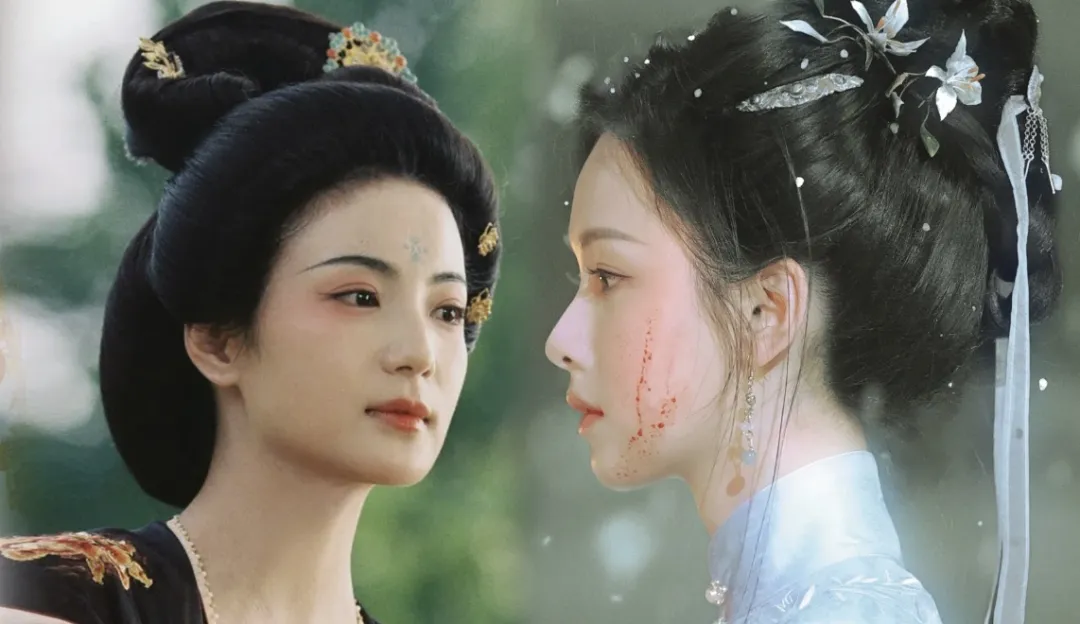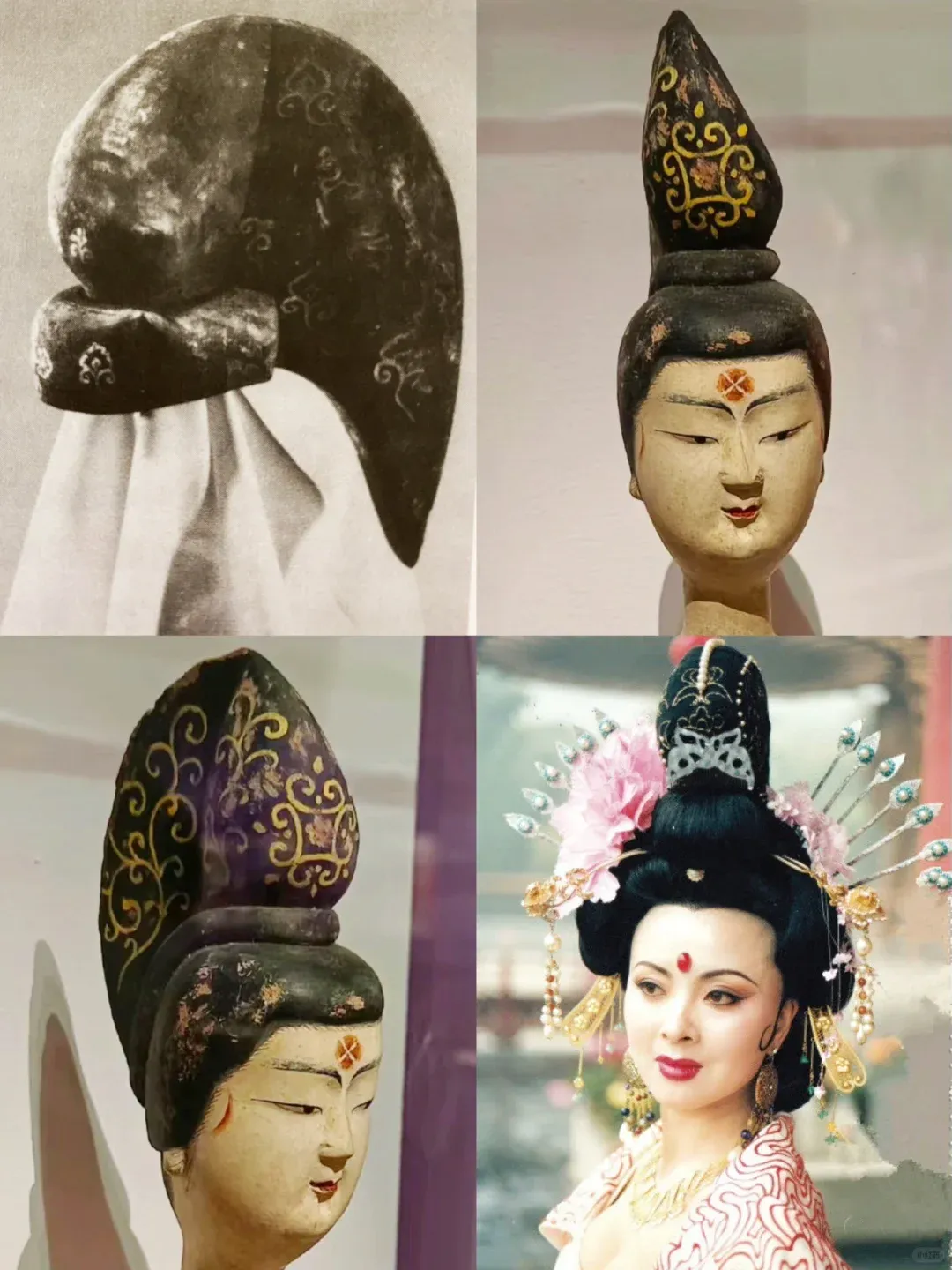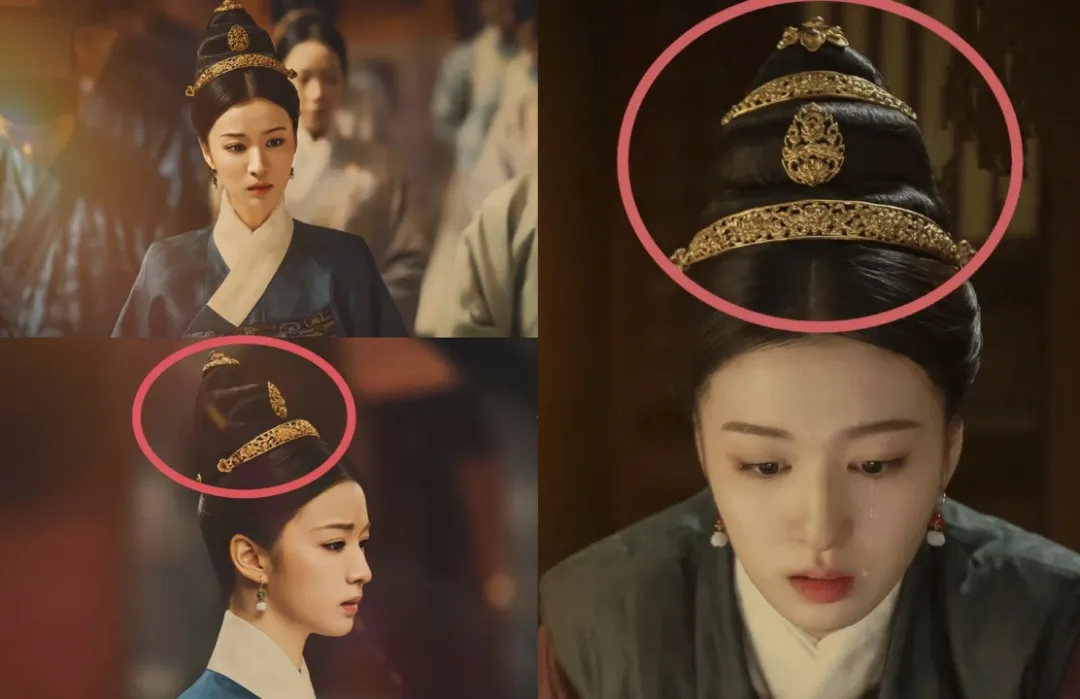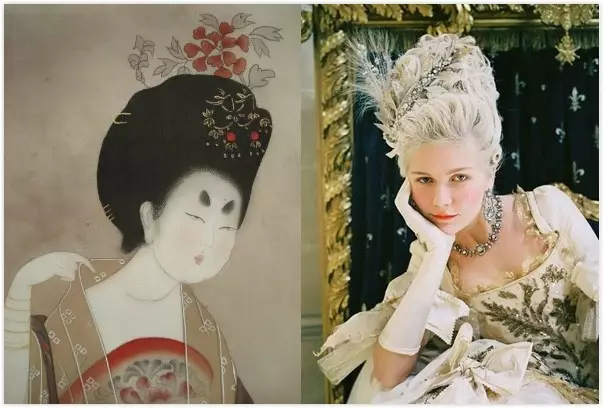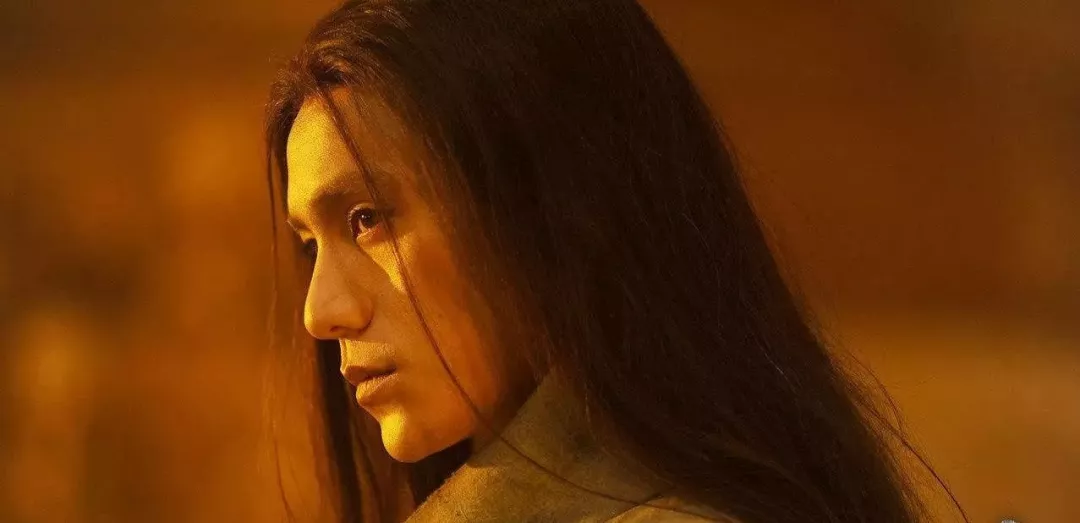In historical Cdramas, we often come across women sporting exaggerated and voluminous hairstyles, like the Ming-style makeup in When the Wild Geese Return and the Tang-style makeup in The National Beauty and Fragrance. Netizens can't help but wonder: Did ancient people really have such astonishing hair volume?
The answer is no. It wasn't necessarily that ancient people naturally had thick hair. In reality, their hair density might not have been as depicted in films and TV shows. Instead, they wore wigs, known as "Yiji" (义髻) in ancient times, which were the forerunners of modern hairpieces.
The trend of wearing wigs started among upper - class women. Their goal was to add volume and create more elaborate hairstyles, similar to today's hair extensions. The materials for Yiji were diverse. It wasn't limited to human hair (which was costly) but also included thin wood shavings, horsehair, etc. Generally, Yiji were made from hair or wood - based substitutes. For example, the lacquered wooden wig unearthed from the Astana Tombs in Turpan, Xinjiang, is a standard 'Single - Blade Half - Turned Chignon'. It's made of wood, painted black, and decorated with white - painted flowers, auspicious clouds, and phoenixes. The base has small holes with traces of metal rust, probably for inserting hairpins. Another example is the spiral - shaped Yiji made from 'palm fiber wigs'. It's lined with linen, dyed, and twisted into a spiral shape, ready for immediate styling once placed on the head - simple yet ingenious.
Wig Classification
The Rites of Zhou categorized wigs into several types. 'Fu' (副), meaning 'to cover', referred to wigs with accessories; 'Bian' (编) denoted wigs without decorations; and 'Ci' (次) described wigs blended with natural hair. Later, these terms were replaced by 'Bi' (髲) and 'Ti' (鬄). 'Bi' referred to wigs made from real hair, and 'Ti' broadly meant wigs.
Historical Trace
The wig trend dates back earlier than the Han Dynasty, all the way to the Zhou Dynasty. The Book of Songs mentions, 'Her hair is black as clouds, she scorns to wear a wig', where 'Zhenfa' (鬒发) describes lustrous black hair, making wigs unnecessary. By the Tang Dynasty, wigs became extremely popular, with over 30 styles documented in texts such as The Record of the Dressing Table and The Book of Chignons. Tang poetry vividly depicts the trend, like 'The wig thrown into the river, the yellow robe floating with the current' and 'In the city, high chignons are favored; in the countryside, they rise a foot higher'. Even Yang Guifei was no exception. The Unofficial Biography of Yang Guifei records her frequent use of wigs. A Tang poem describes a palace maid whose three - layered wig fell off while dancing, and the emperor gifted her a comb for better fixation.
Post - Yuan Preference
After the Yuan Dynasty, Han women favored 'Jiu Ji' (鬏髻), woven from gold/silver threads, horsehair, or human hair, covered with sheer fabric and adorned with full sets of hair accessories - elegant and luxurious.
Hair Sources
Scholars speculate three sources for the real hair used in wigs: sold hair, hair from criminals, and tributes. According to The History of the Three Kingdoms: Silla Records, the Silla Kingdom sent hair tributes to the Tang Dynasty four times - three during Emperor Xuanzong’s reign and once under Emperor Yizong, recorded as 'beautiful wigs', '80 taels of hair', '100 taels of hair', and '150 taels of 4.5 - foot hair, 300 taels of 3.5 - foot hair'. A story from A New Account of the Tales of the World tells of Tao Kan’s mother cutting her hair to sell for rice to entertain his guest.
In the West, wigs also thrived. Allegedly originating with Louis XIII to conceal his baldness, it sparked a trend among nobles in the 17th–18th centuries, where horsehair wigs dominated European fashion. Today, many women wear wigs for grand occasions, and judicial officials retain the tradition of wigs as a symbol of authority. For those with thin hair, wigs offer versatility, allowing multiple hairstyles for different outfits. Whether ancient or modern, the pursuit of perfect hairstyles never stops. Despite the inconvenience, wigs remain a 'secret weapon' for beauty. One thing is clear: wigs are a must - have, then and now!
